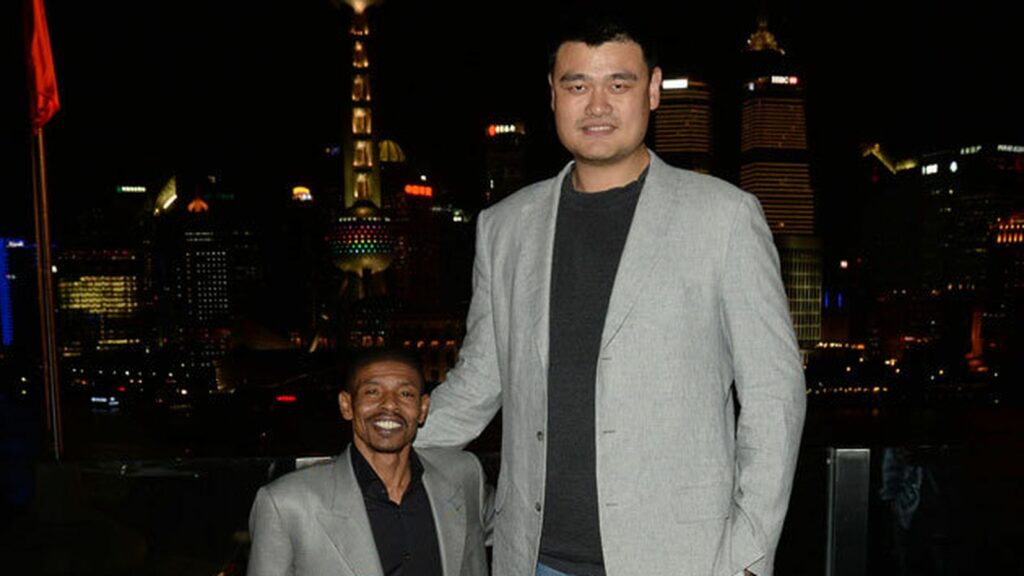
There are several factors that impact an individual’s recruitment. Whether grades, attitude, basketball IQ, or countless other things, these variables can be the difference between receiving offers and being brushed aside. However, few specifics turn coaches off more than incorrect heights. The masses might ask, “why does this matter so much?” Well, it’s the same as a 30% three-point shooter claiming they actually shoot 40%. Coaches showing up to watch a player and realizing the prospect isn’t as advertised will inevitably leave a negative stain on the situation. Being transparent will almost always curry favor in the eyes of college coaches.
Unfortunately, all members of the grassroots community (scouts, media, event operators, etc.) fall victim to this ploy. Let’s be clear: attempting to go from player to player and verifying their legitimate height is not a possibility during the course of an event. We (as a collective) are relying on the integrity of coaches, players, and parents to understand the value in being honest when submitting their rosters. If a college coach is being told a player is 6-foot-11 and they are truly 6-foot-8, the player is nearly guaranteed to be crossed off the list. Obviously, there are exceptions to the rule, but they are few and far-between.
The notion of exaggerating heights is a common practice across all positions, but probably has the biggest impact on guards. Coaches can potentially overlook the difference in a wing prospect being 6-foot-4 as opposed to 6-foot-6, but the difference in a point guard being 5-foot-10 instead of 6-foot-0 is pretty drastic. This isn’t meant to say 5-foot-10 (or whatever height) point guards are any less valuable, it just means their respective game (or toolkit) is somewhat different than that of a taller player. Being recruited is challenging enough, so let’s try to remain transparent in order to avoid adding any unnecessary obstacles for these young players.